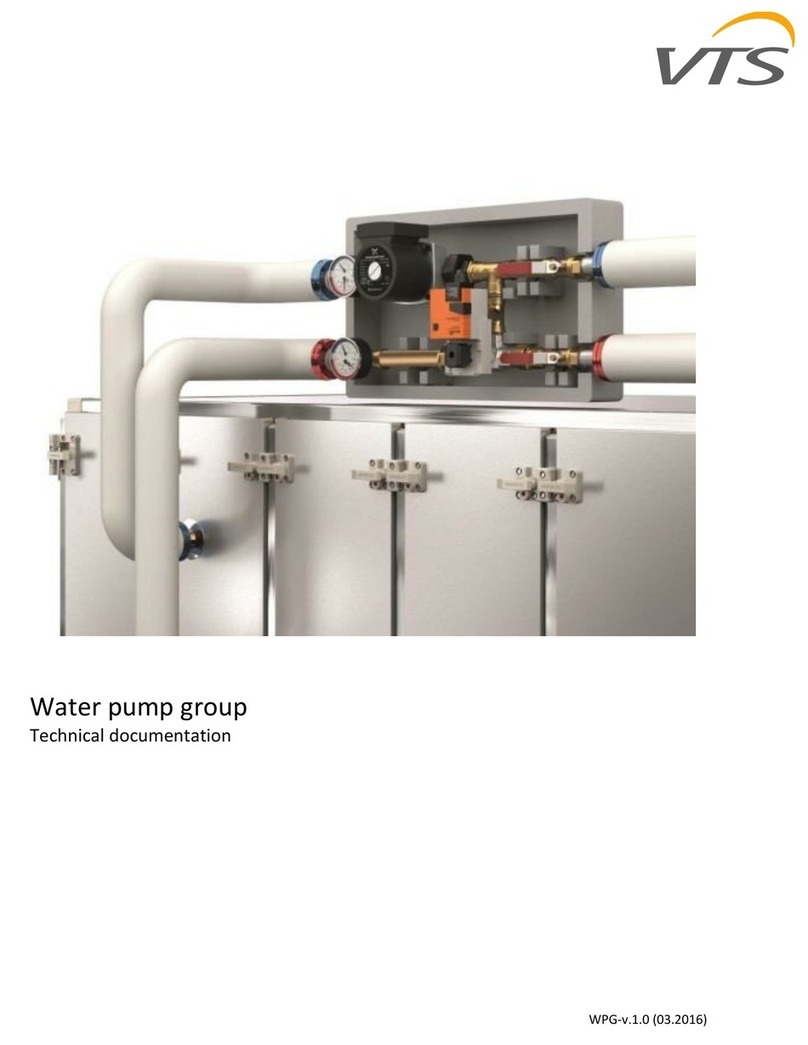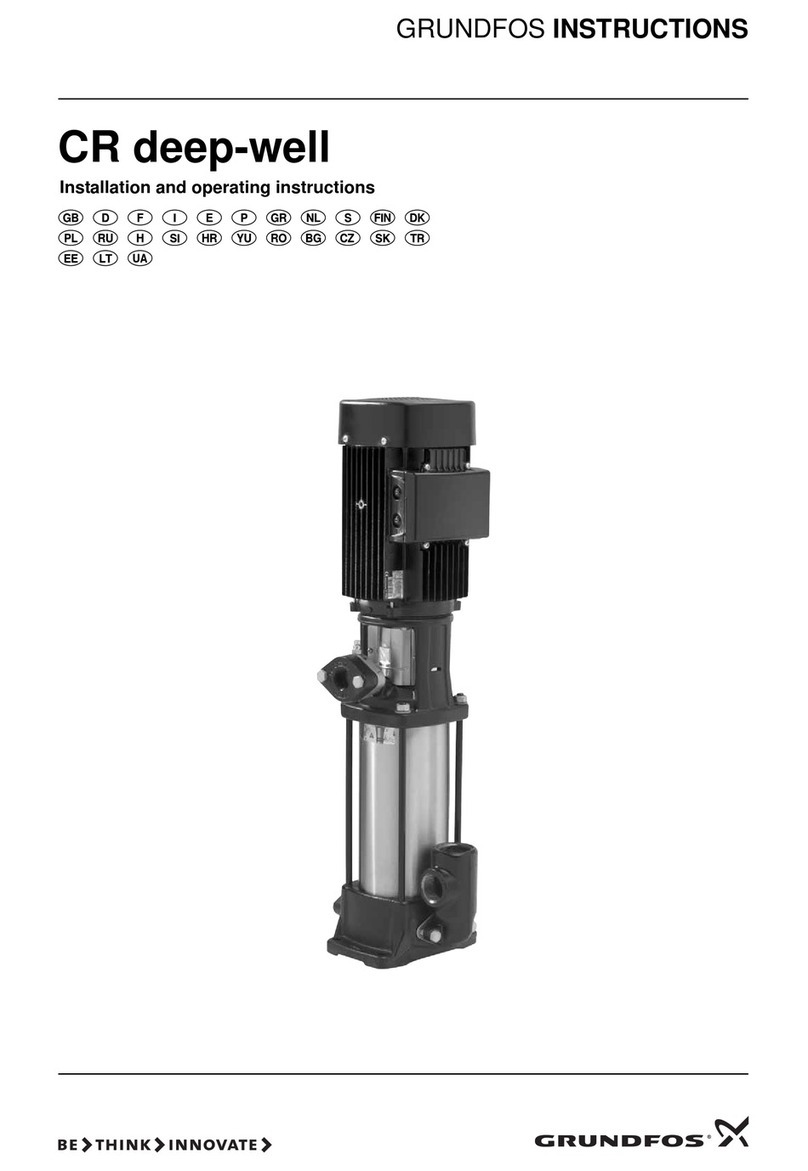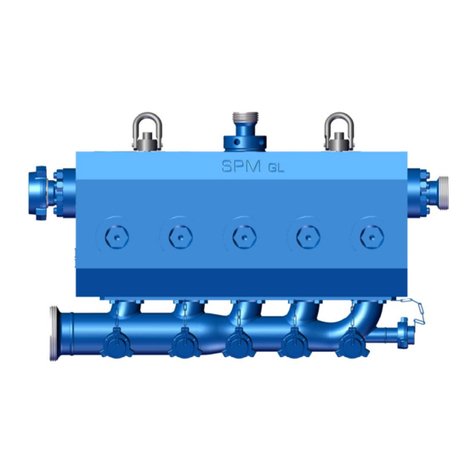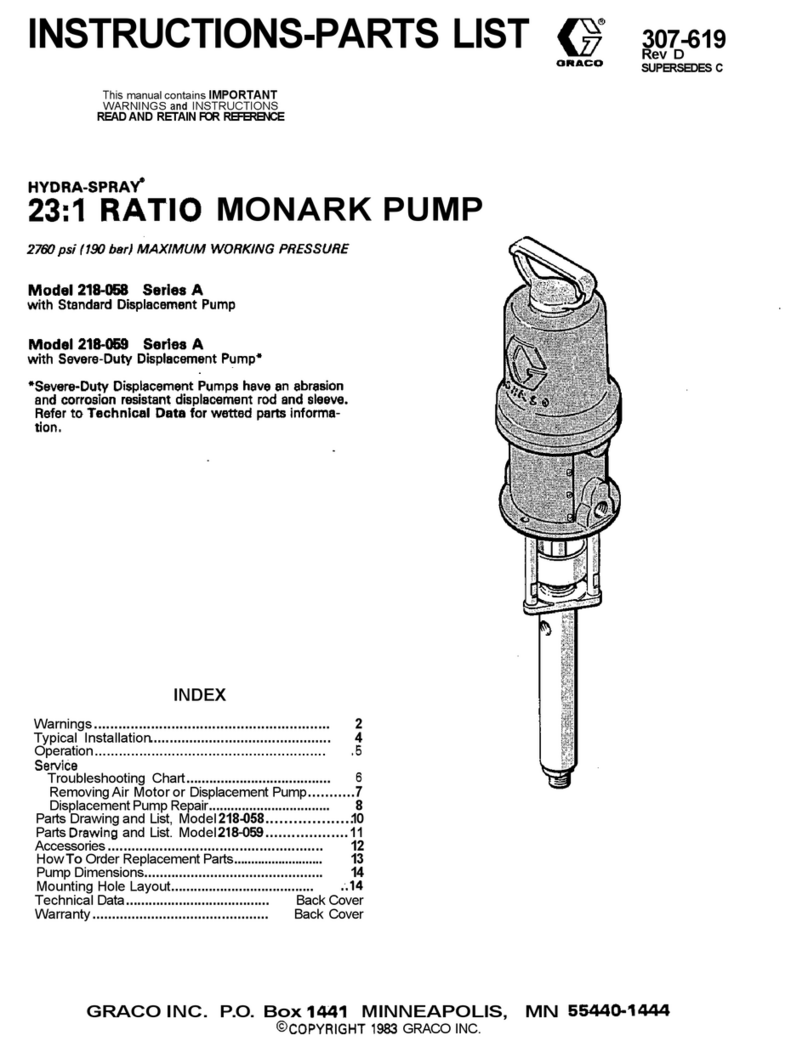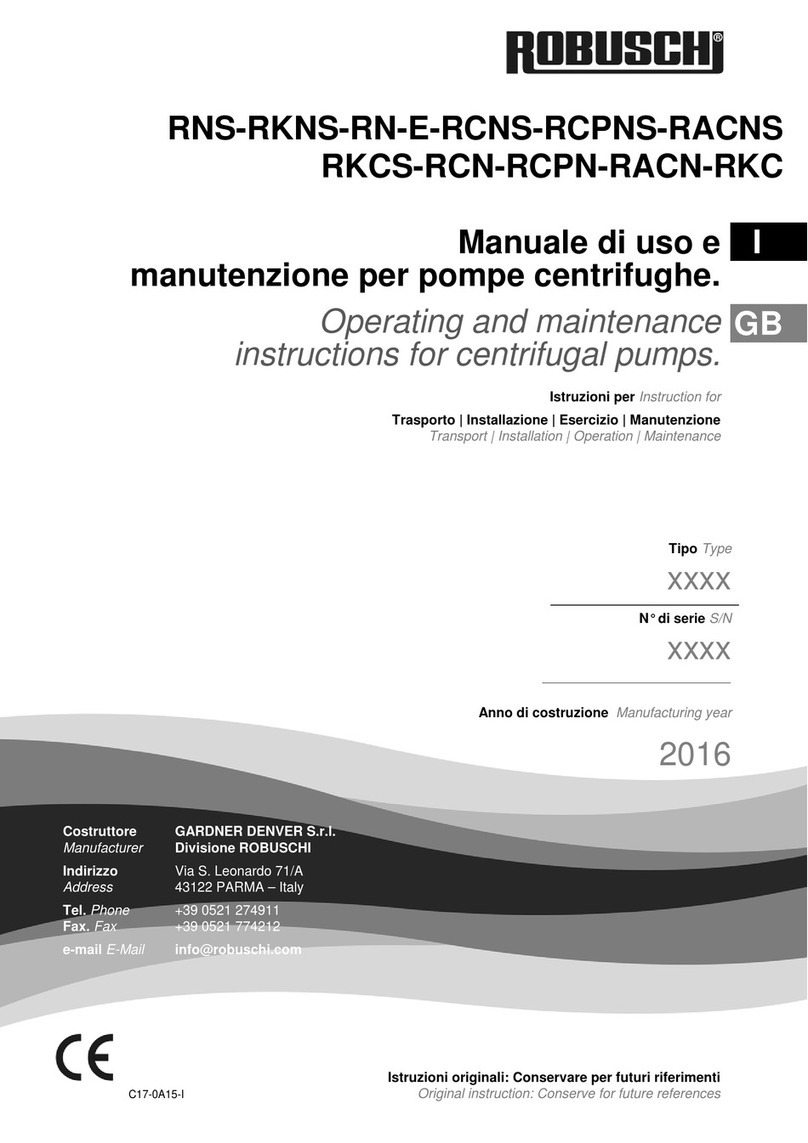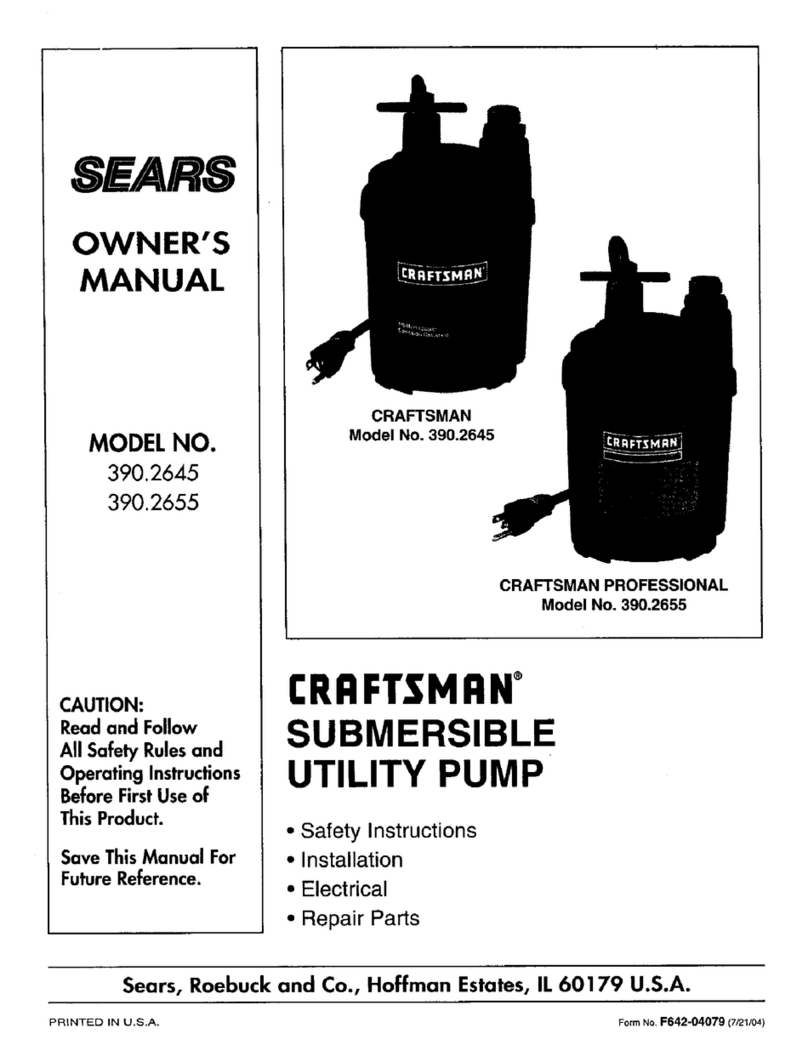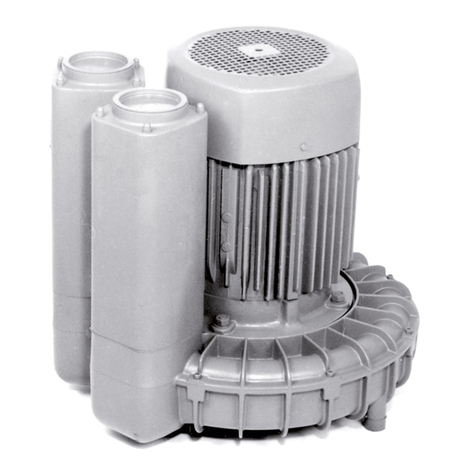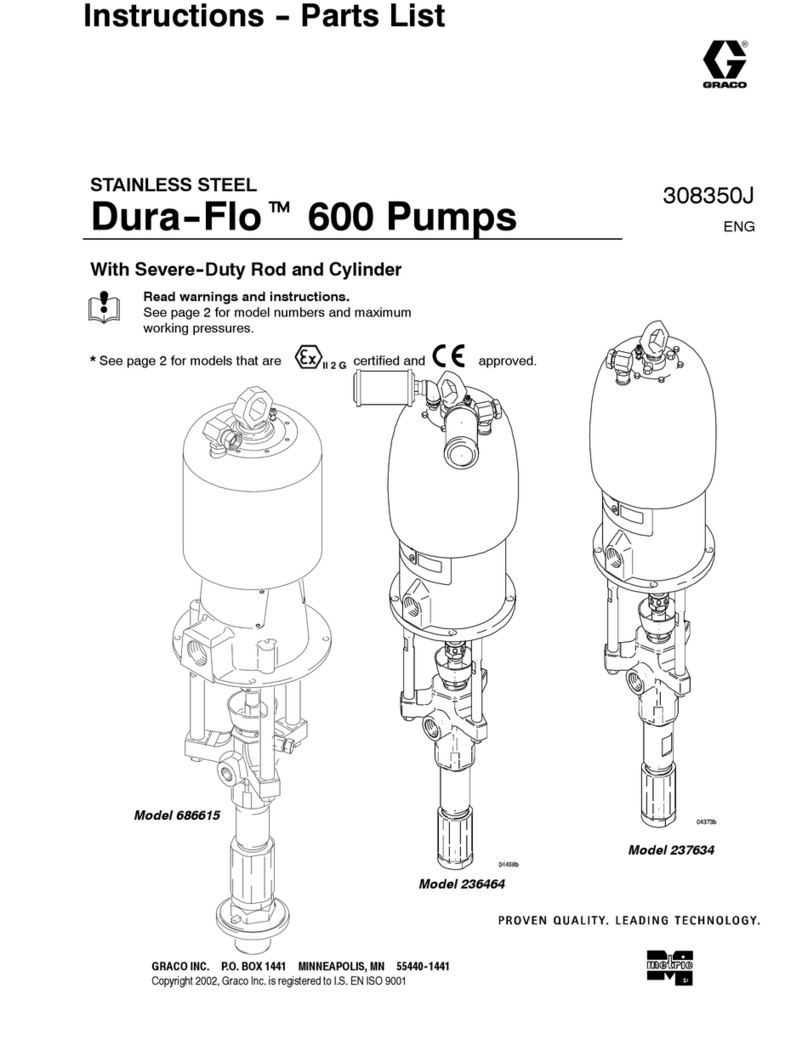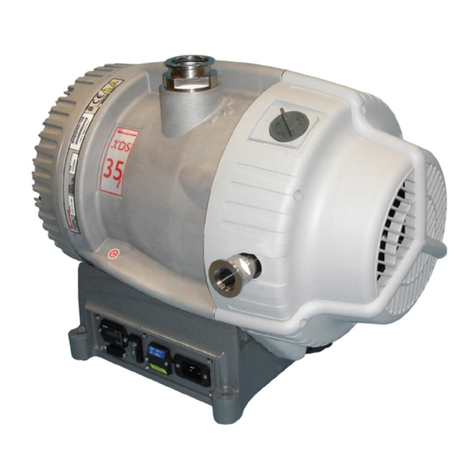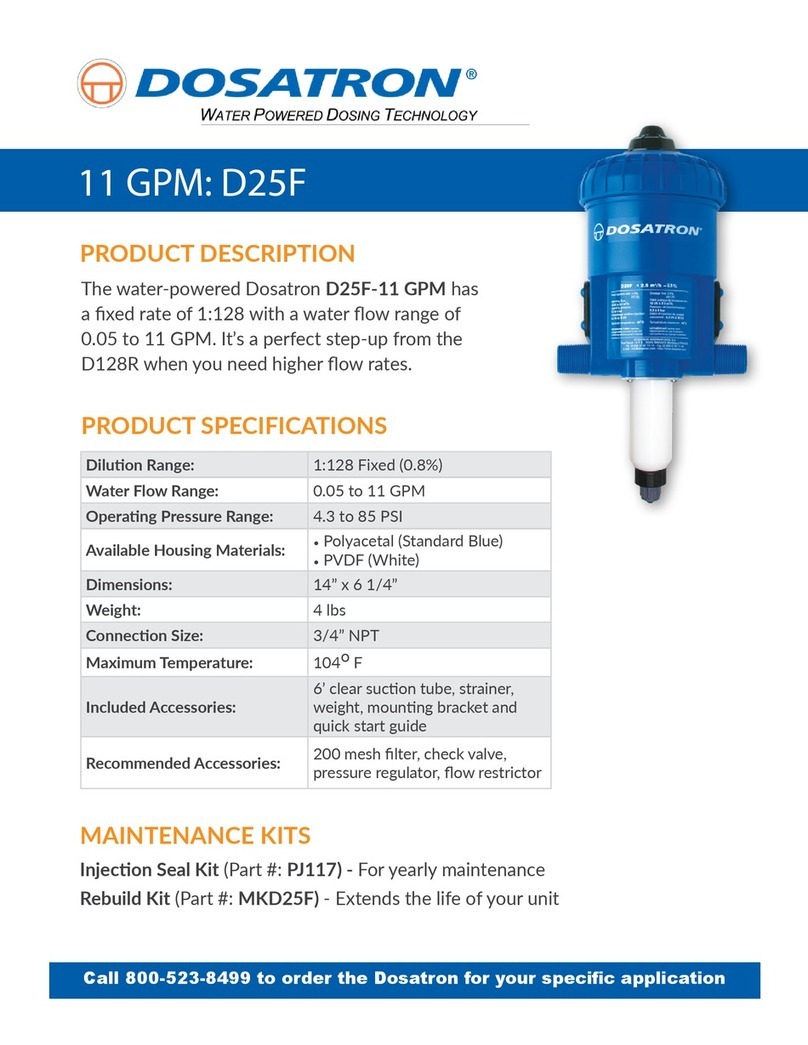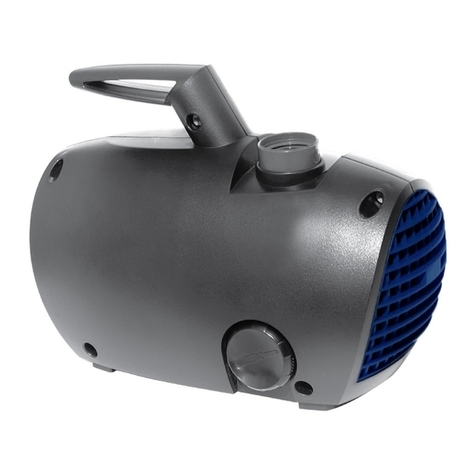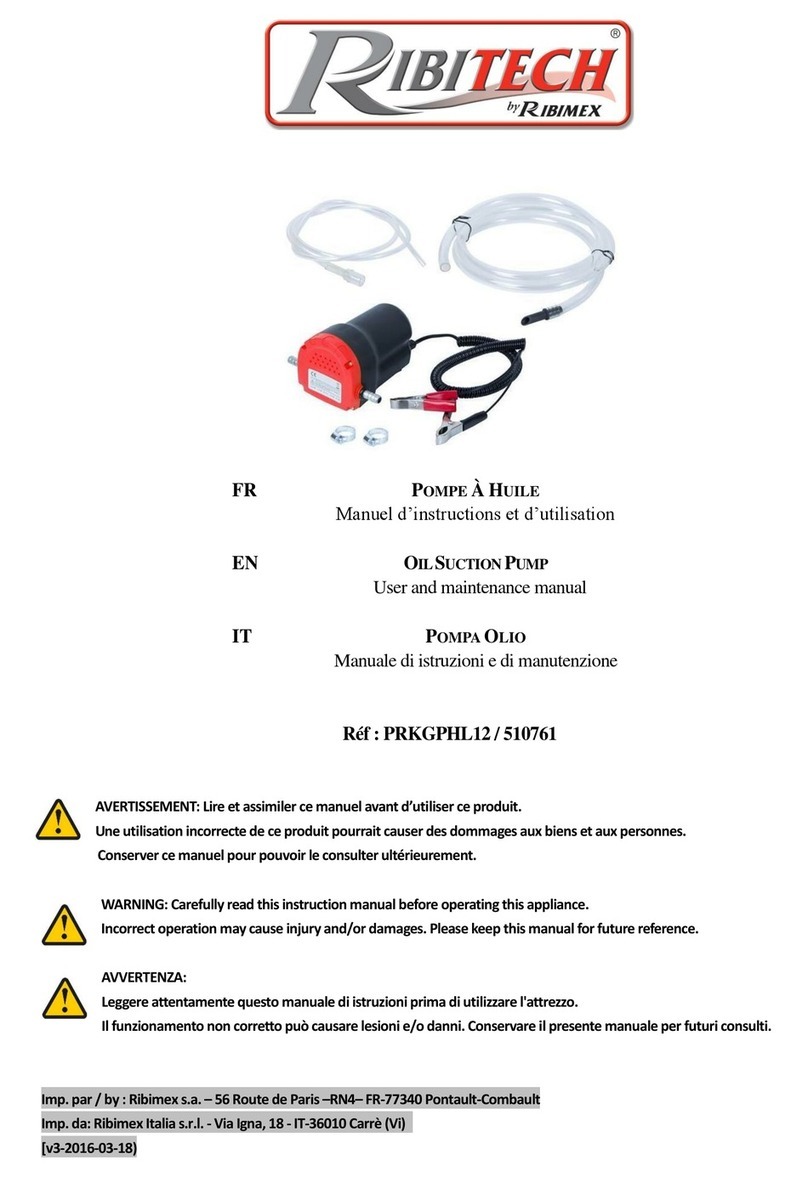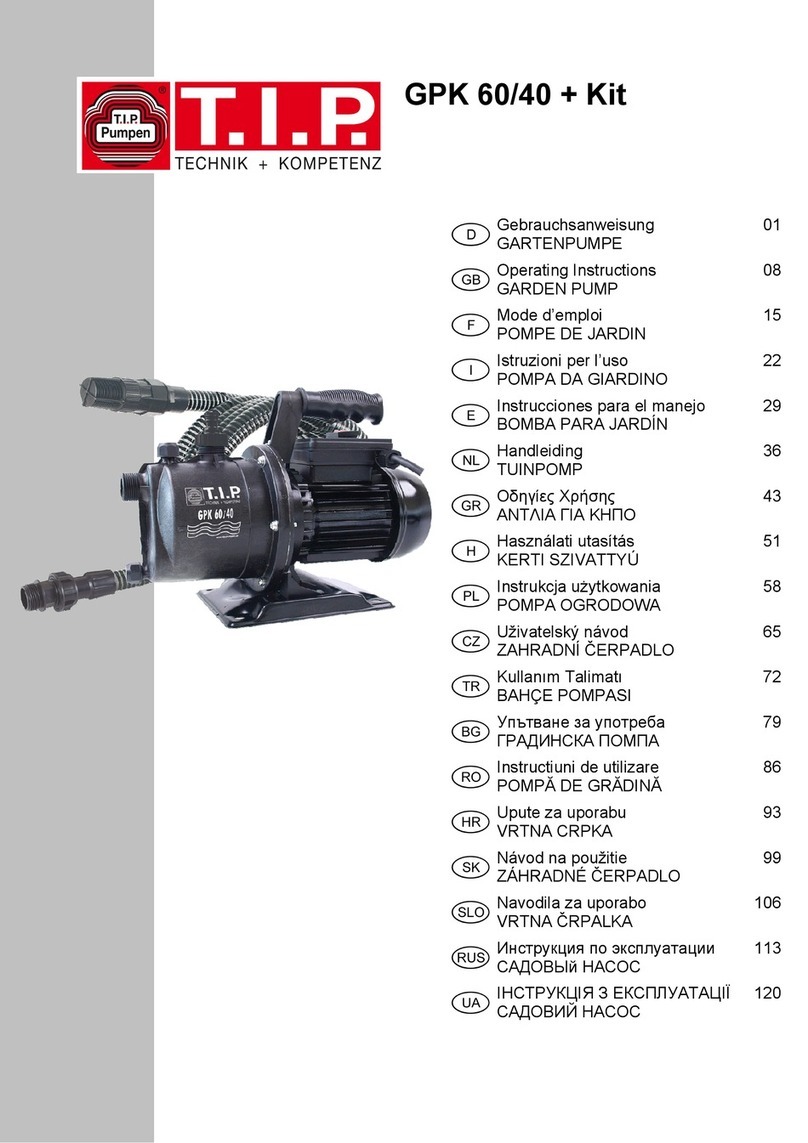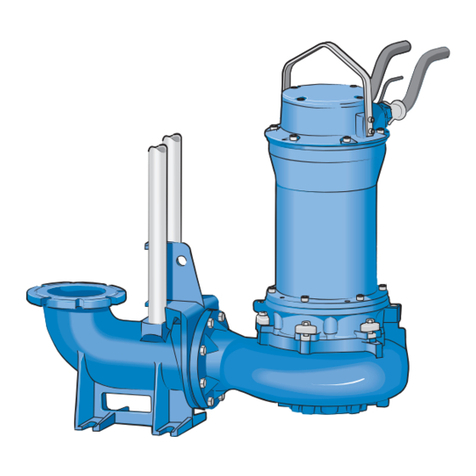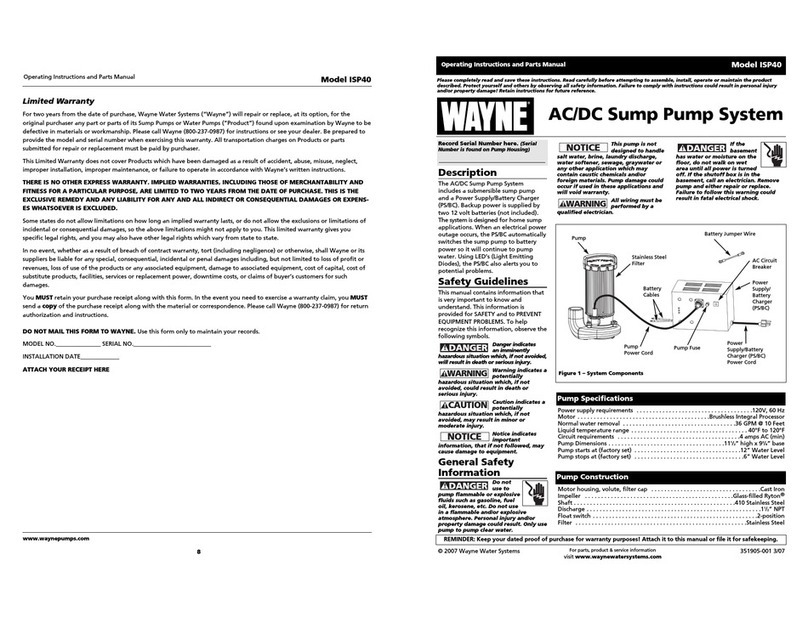
SAFETY WARNINGS (con’t)
Risk of Electrocution
or Electrical Shock
Serious injury or death could occur
if the air compressor is not properly
grounded.
Always plug compressor into a properly
grounded outlet which provides correct
voltage, proper grounding and adequate
fuse protection.
Electrical shock may occur if
compressor is not properly
operated.
Never operate air compressor in wet
conditions or outdoors when it’s raining.
Do not allow electric cords to lay in
water. Do not operate with damaged
power cord or with protective electrical
covers removed. Do not touch plug with
wet hands. Do not pull on electric cord to
disconnect from the outlet.
Serious injury or death may occur if
electrical repairs are attempted by
unqualified personnel.
Any electrical repairs or wiring performed
on this compressor should only be
performed by authorized service
personnel in accordance with the
National and Local Electric Codes.
Risk of Explosion or
Fire
Serious injury or death may result
from normal electrical sparks that
occur within the motor and/or
pressure switch.
Always operate compressor in a well-
ventilated area free of combustible
materials, gasoline, flammable solvents or
vapors. Always locate compressor at
least 20 feet away from work area if
spraying flammable materials.
Serious injury may occur if a fire is
caused by overheating due to
inadequate ventilation or
restrictions to any of the
compressors ventilation openings.
Never place objects against or on top of
an air compressor. Always operate air
compressor at least 18” away from any
wall or obstruction. Always operate in a
clean, dry and well-ventilated area.
Serious injury or death may occur
from a fire or explosion if spilled
gas or vapors come in contact with
hot engine parts and ignite.
Never attempt to fill the gas tank while
the engine is hot or running. Add fuel
outdoors in a well-ventilated area. Do not
fill gas tank near lit cigarettes or near
other sources of ignition.
Risk from Moving
Parts
Serious injury may occur from
moving parts such as belts, pulleys,
flywheels or fans if they came in
contact with you or your clothing.
Never operate the air compressor without
protective belt guards installed. Replace
damaged protective covers or guards
immediately.
An electric air compressor with
automatic controls can restart at
any time and cause bodily injury
when least expected.
Always unplug air compressor and drain
air tanks completely before attempting
any repairs or performing maintenance.
Never allow children or adolescents to
operate air compressor.
Serious injury may occur if repairs
are attempted with damaged,
missing or removed protective
guards, shrouds or missing covers.
All repairs to the air compressor should
be made only by authorized or trained
service personnel.
Risk of Burn
Serious burn injuries could occur
from touching exposed metal parts
such as the compressor head,
copper/braided discharge lines and
engine exhaust muffler during
operation, and even after
compressor is shut down for
sometime.
Never touch any of the exposed metal
parts during operation and for an
extended period of time after the air
compressor has shut down.
Do not attempt maintenance on the unit
until it has been allowed to completely
cool.
SAFETY WARNINGS (con’t)
Risk of Injury from
Lifting
Serious injury can result from
attempting to lift an object that is
too heavy.
Always obtain assistance from others
before attempting to lift any object that is
too heavy for one person.
Flying Objects
Serious injury may occur from loose
debris being propelled at high
speeds from the compressed air
stream.
Always wear OSHA required “287” safety
glasses to protect the eyes during
operation of the air compressor. Never
point the air stream or tools at any point
of your body, other people or animals.
Always turn off the air compressor and
drain tank pressure completely before
attempting maintenance or attaching air
tools.
Warning
Risk of Unsafe
Operation
Serious injury or death may occur
to you or others if air compressor is
used in an unsafe manner.
Review and understand all instructions
and warnings in your owner’s manual.
Know how to stop the air compressor.
Do not operate until you are thoroughly
familiar with all of the controls. Do not
operate the compressor if fatigued or
under the influence of alcohol or drugs.
Stay alert while operating the compressor
and pay close attention to the task at
hand.
Caution
Risk of Damage to
Air Compressor or
Property
Failure to transport or operate the
air compressor properly may result
in major repair expenses. Oil leaks
will damage carpets, painted
surfaces, flooring and other items.
Check oil levels daily and maintain proper
oil levels. Always run compressor in a
level, secure position that keeps it from
tipping or falling during use. Do not
operate without an air filter or in a
corrosive environment.
Always transport in a level position and
use protective mats to keep truck beds
clean, etc. Check drain bolts regularly
and do not overfill machinery with oil.
Please note that this product may not be equipped with a spark arresting muffler. If the
compressor is operated around flammable materials or agricultural crops, brush, forests, and
grasslands an approved spark arrestor must be installed, maintained and in good working order.
An approved spark arrestor is legally required in the State of California under sections 4442 and
4443 of the California Public Resources Code Statute section 130050.
This product contains chemicals, including lead, known to the state of California to cause cancer,
birth defects, and other reproductive harm. Always wash hands after handling this product.
606 South Lake Street > P.O. Box 346 > Hustisford, WI 53034-0346
920.349.3281 > fax 920.349.3691 > www.rolair.com




